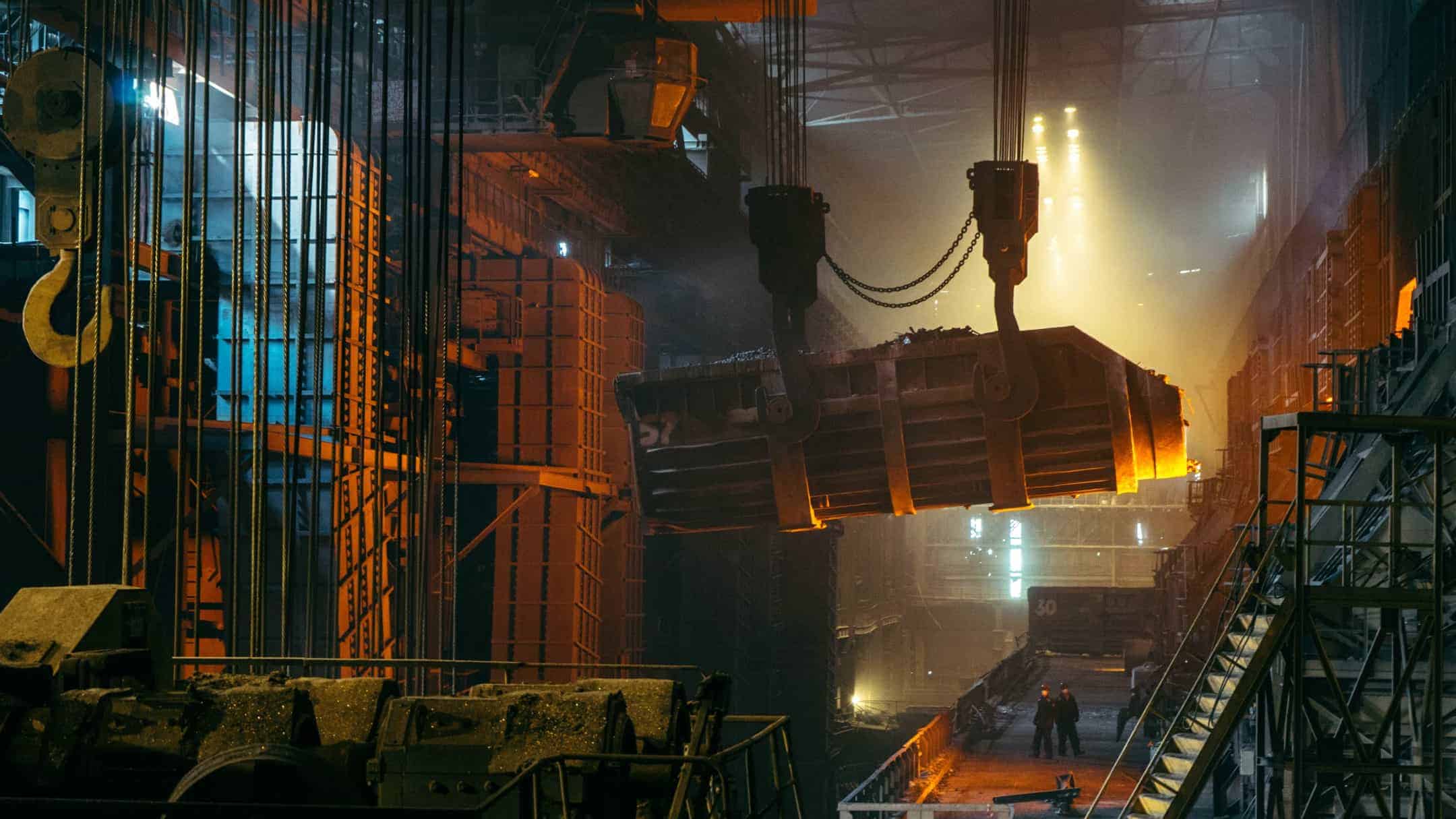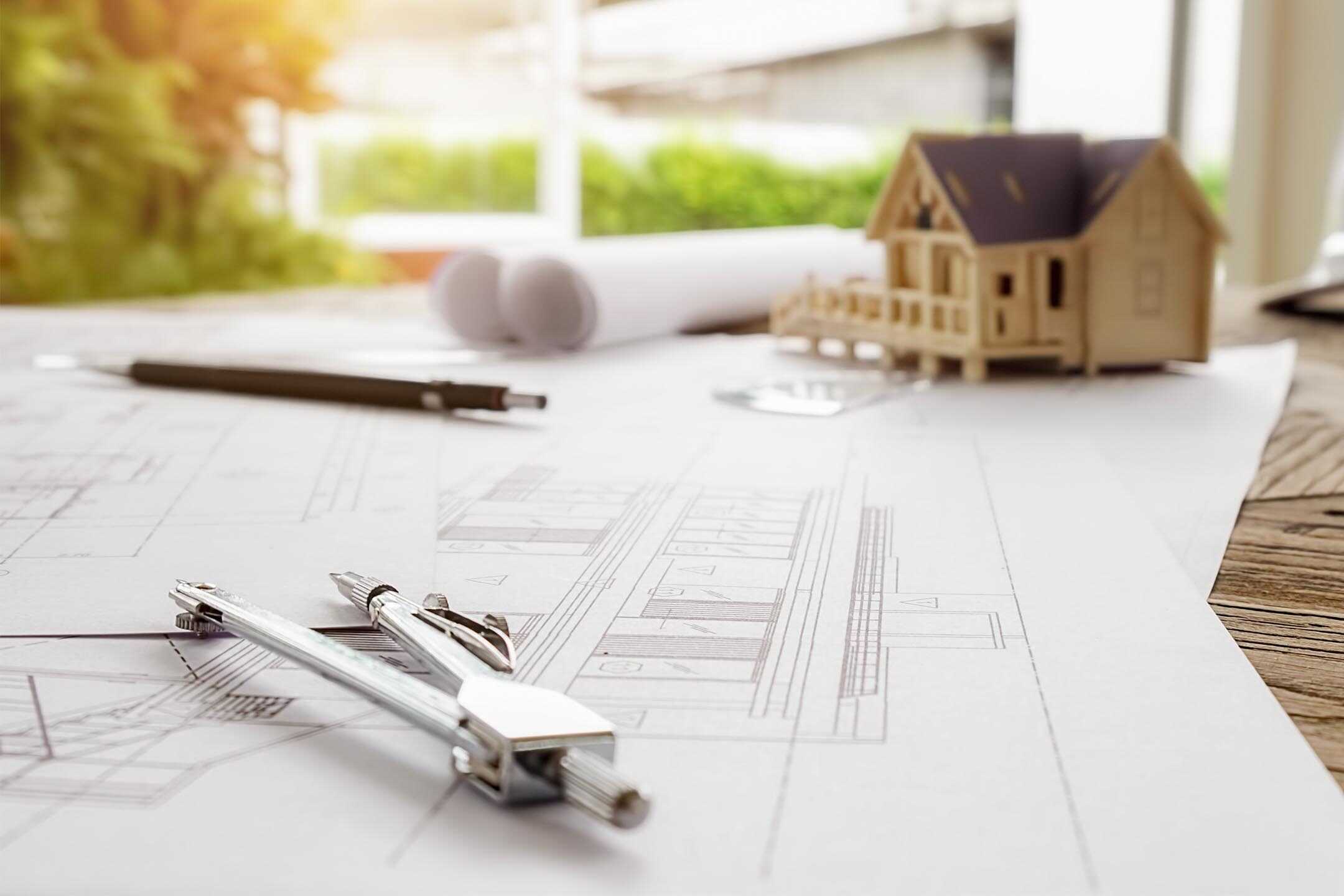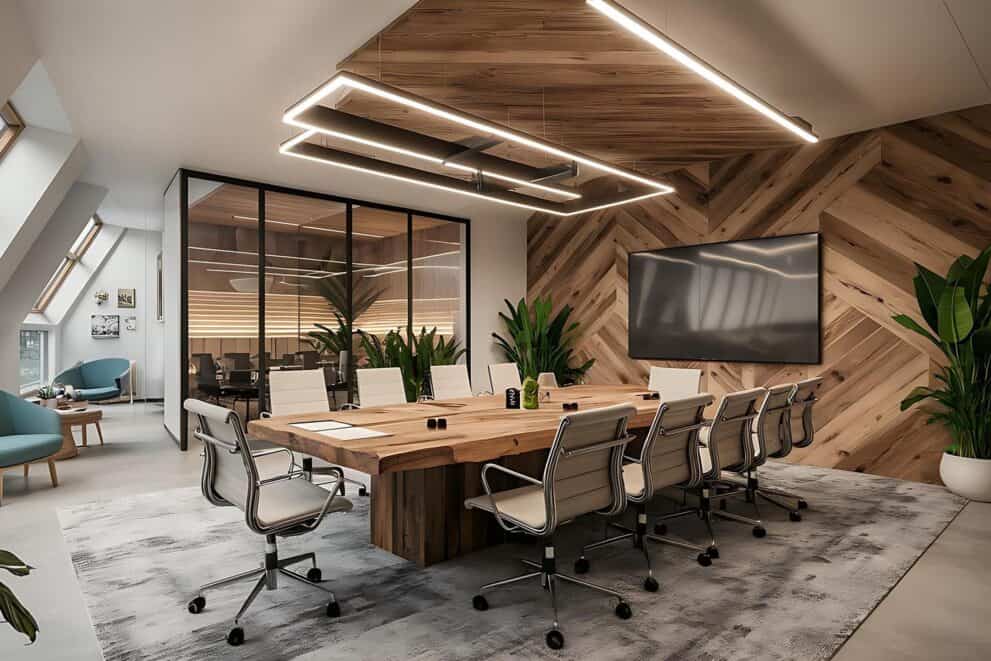Building your own home is a rewarding but complex journey that demands more than just strong design and project management. Insurance helps by safeguarding your investment at every stage of the build. From land acquisition through to the final handover, each phase carries unique risks that require specialist cover. Self build insurance ensures these risks are managed with the right protections in place, helping to avoid financial setbacks that could derail your project.
Understanding when and how to arrange the correct cover is key to a successful build. By aligning your insurance timeline with your construction phases, you’ll be able to move from planning to occupancy with peace of mind; knowing that your home, finances and legal responsibilities are protected.
Planning Stage Insurance Considerations
Land insurance
Before a single brick is laid, the land itself can be vulnerable to damage. Land insurance protects against risks such as fire, flooding, storm damage or vandalism. This is particularly important for sites left unattended or awaiting planning permission, where exposure to natural elements or unauthorised access can lead to costly incidents.
Public liability cover
During initial stages like surveys and ground assessments, public liability cover becomes essential. It protects against injury or property damage claims involving third parties such as visitors or contractors. This is vital before any construction begins, particularly where groundwork, boundary changes or demolition may pose a hazard.
Foundation and Early Construction Phase
Contractors All-Risk insurance
Once construction starts, the risks escalate quickly. Contractors all-risk insurance is designed to cover damage to works in progress and on-site materials. Whether it’s a fire, theft or accidental damage, contractors all-risk insurance ensures that early setbacks don’t result in major financial loss.
Plant and equipment cover
Heavy equipment and machinery are often hired or brought on site at this stage. Whether owned or rented, tools and plant machinery represent a significant investment. Plant and equipment insurance ensures your assets are protected against theft, damage or mechanical failure during construction.
Mid-Build Phase
Structural warranty setup
During this phase, arranging a structural warranty is critical. This long-term cover protects against structural defects for up to 10 or 12 years after completion. Applying early means your warranty provider can carry out technical audits during the build, which may be a requirement for cover and can also help improve construction quality.
Ongoing site liability cover
Work is usually in full swing at this point, with multiple contractors and site visitors. Ongoing site liability cover ensures you remain protected from claims if an accident occurs during this busy phase. It also provides continuity of protection while the build progresses through its most intensive stages.
Final Build Phase and Handover Preparation
Snagging and inspection cover
As the project nears completion, smaller finishing works and final inspections take place. Snagging and inspection cover helps guard against accidental damage or losses caused by last-minute remedial work or handling of completed areas. This layer of insurance ensures your build quality is not compromised just before handover.
Latent defect insurance
Some issues may not appear until months or even years after the build is complete. Latent defect insurance covers hidden structural problems that emerge post-completion but were caused by design flaws, materials or poor workmanship during the build. This provides vital long-term reassurance for both homeowners and future buyers.
Post-Handover Coverage
Home insurance transition
Once your build is signed off and you’ve moved in, it’s time to switch from specialist construction cover to a standard homeowner policy. This transition should be carefully managed to avoid any gaps, particularly as your new home may contain high-value features, bespoke finishes or unique systems that require accurate valuation.
Ongoing warranty and defect liability periods
Your structural warranty and any builder defect liability terms remain active after handover. During the first two years, you may need to report certain defects directly to your builder. It’s important to understand who is responsible for what, and what is still covered under your structural warranty during this period.
Common Mistakes in Self-Build Insurance Planning
One of the most common errors is failing to arrange cover in time, especially between different build phases. Leaving uninsured gaps opens the door to expensive claims if something goes wrong. Another frequent oversight is underestimating the cost or complexity of specialist features, imported materials or bespoke items, which may not be fully covered under basic policies. Finally, many self-builders wait too long to organise their structural warranty. This can limit available options or result in higher costs if inspections haven’t taken place during the build.
Aligning Insurance with Your Build Timeline
Insurance is an essential part of risk management that protects your finances, your home and your peace of mind. With so many moving parts across a self-build, tailoring your insurance to each phase helps ensure that nothing is left exposed.
Working with a broker who understands self build insurance makes it easier to map out the right policy at the right time. From land cover and contractors all-risk insurance to structural warranties and post-handover protection, a planned approach can make all the difference.
End your project the way you began it: with protection in place. Contact Buildsafe for expert guidance on choosing the right self build insurance throughout your construction journey.






